The building faces one of the most beautiful squares in the world, Piazza Erbe, and is under the shadow of the winged lion, the symbol of the Republic of Venice that ruled the city between the 15th and the 16th century. The top of the building’s facade is adorned with six marble statues representing Hercules, Jupiter, Venus, Minerva, and Apollo, all cast from local marble with the exception of Hercules which is believed to have Roman origins.
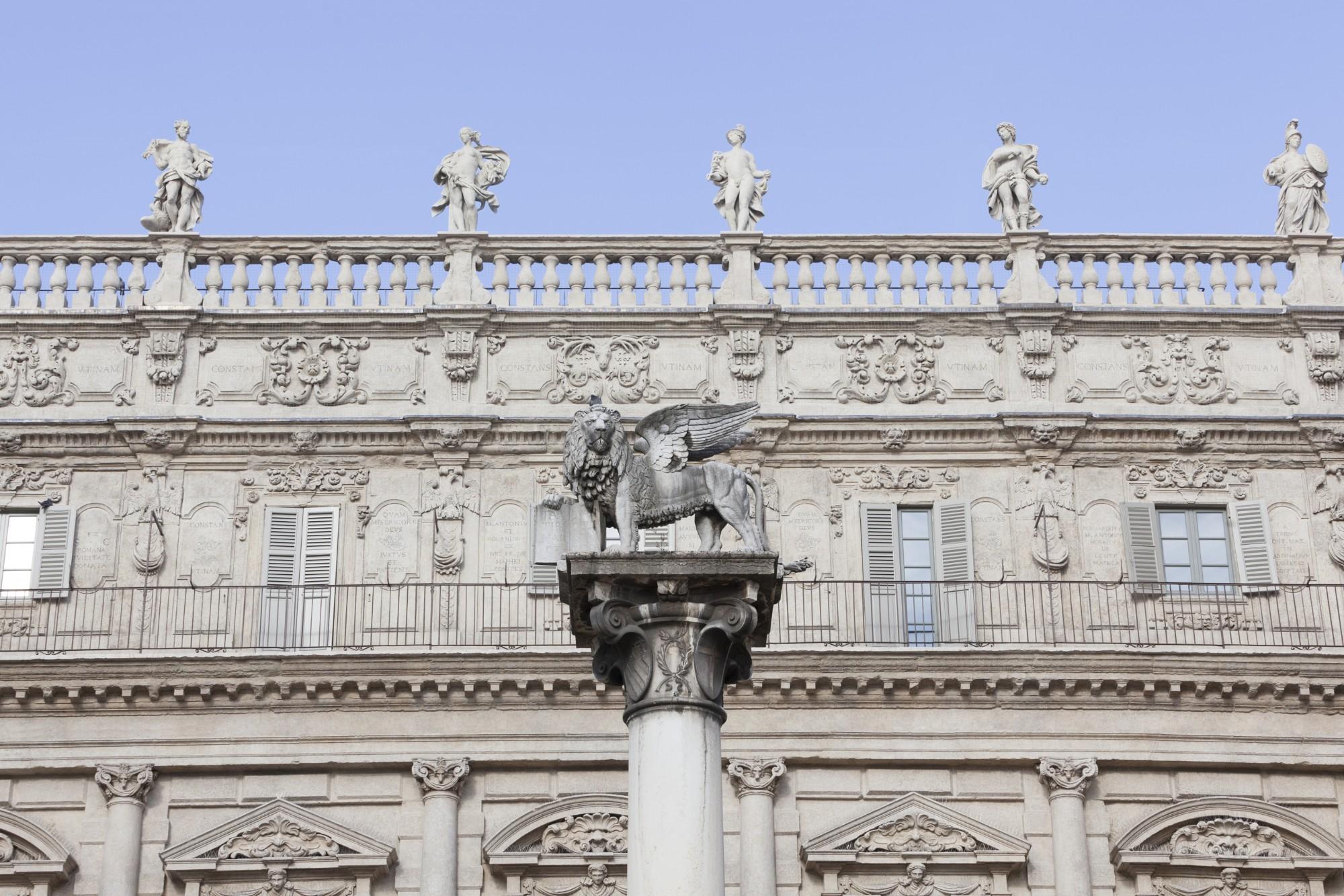
Facade of the Palazzo Maffei
In Verona, minutes away from the balcony where Juliet and Romeo professed their undying love for each other, a new museum opened its doors on February 15. Located in a 15th-century historical palace with a baroque style facade that rests upon the city’s Roman Capitoline Hill, the museum Palazzo Maffei is the newest addition to Verona’s cultural scene.
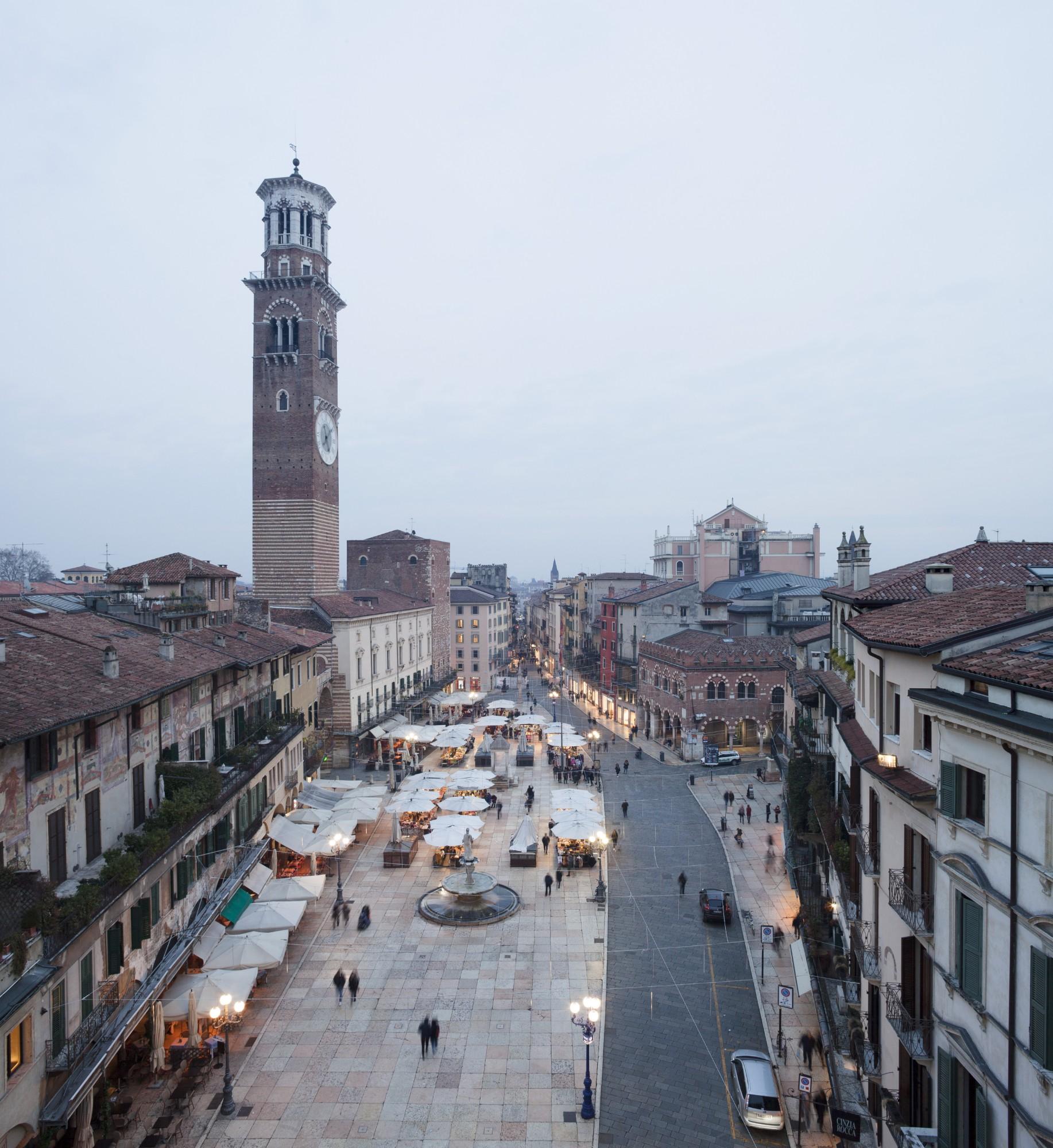
The view of Piazza Erbe from Palazzo Maffei
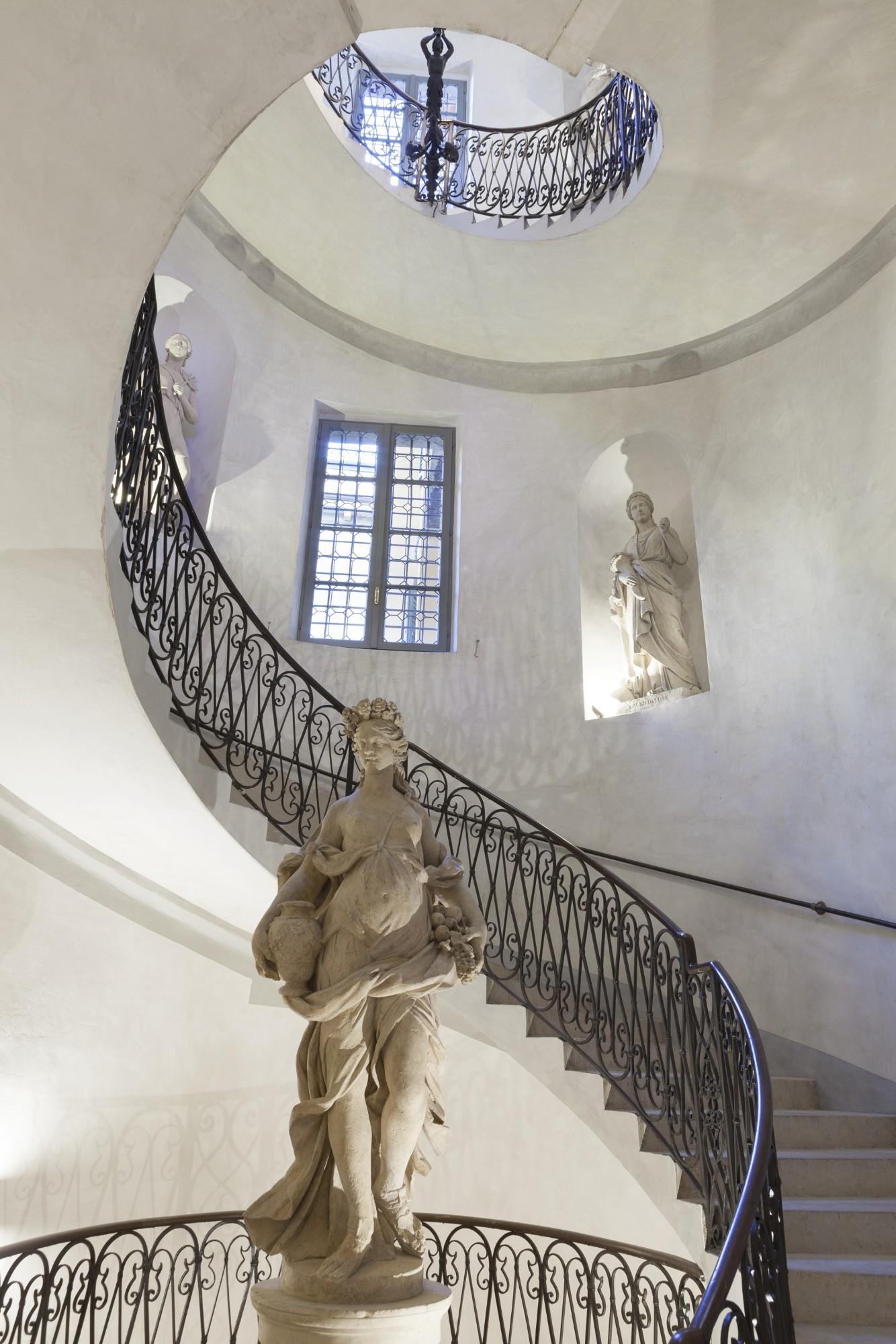
Palazzo Maffei's helicoidal stone staircase
On the inside, the palace showcases a beautiful helicoidal stone staircase that runs from the basement up to the top floor. The museum occupies the piano nobile, the second floor of the building, which is embellished by classical style frescos, uncovered during renovations and probably created between the 18th and the 19th century. The unparalleled beauty of the building and the uniqueness of its location create the perfect setting for an art collection that has already become an unmissable stop for those living or visiting Verona.
The art pieces exhibited at Palazzo Maffei are part of the private collection of Luigi Carlon, a local tycoon who began collecting in his youth. “The less I understood, the more passionate I became,” noted Carlon about the art he collected during his life. “No one in my family pushed me towards art. The love for beautiful things and aesthetics got me into this world.” In more than fifty years, Carlon acquired pieces by Veronese painters of the caliber of Altichiero and Liberale da Verona, Antonio Balestra and Giambettino Cignaroli as well as by modern masters such as Umberto Boccioni, Giacomo Balla, Pablo Picasso, René Magritte, and Emilio Vedova, just to name a few.
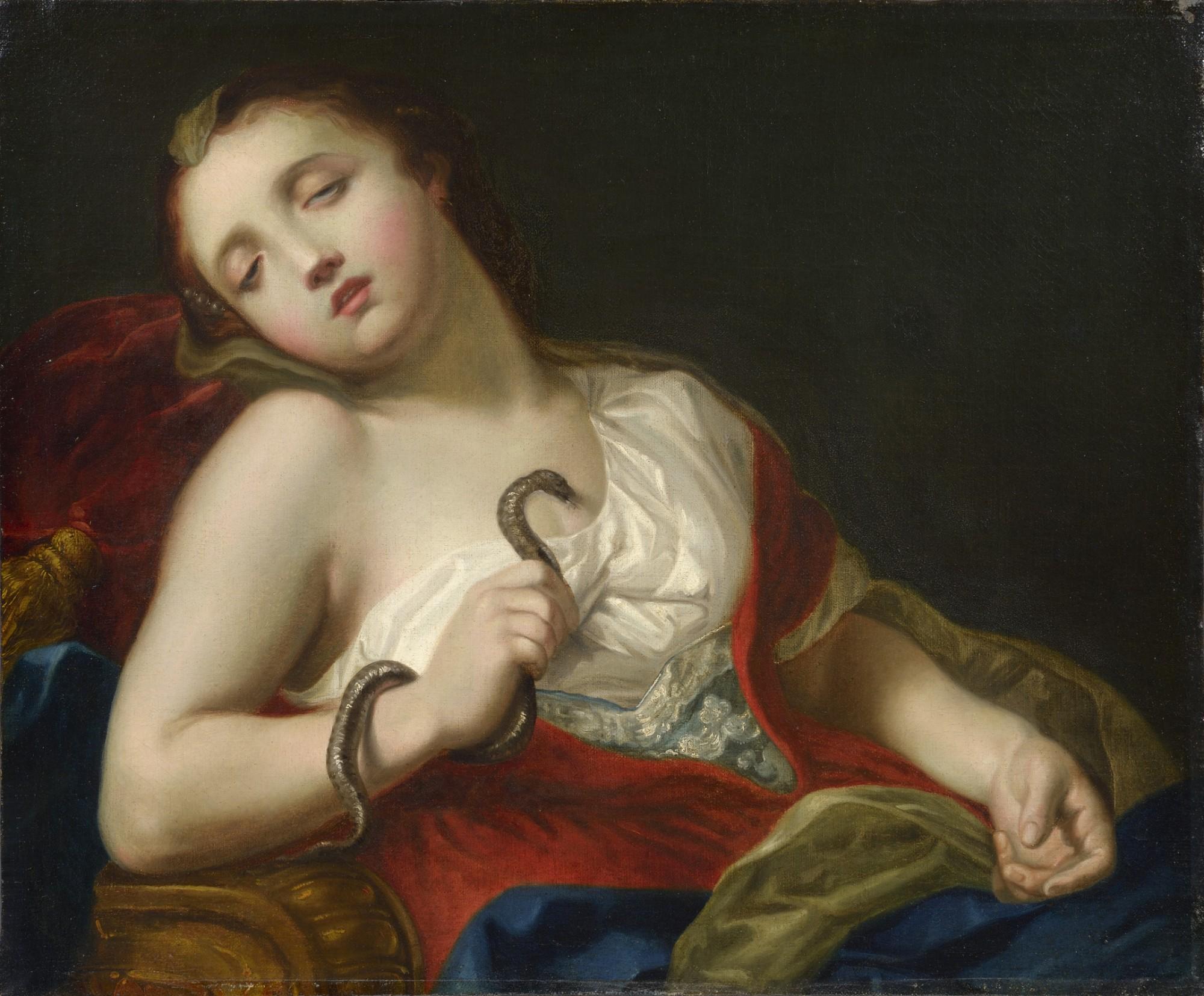
Giambettino Cignaroli, Cleopatra, circa 1770. Oil on canvas.
The first painting Carlon bought was a 1916 De Chirico, Il Saluto dell’Amico Lontano (Greetings From a Distant Friend), a metaphysic piece that retains a homely feeling thanks to the presence of a Coppia ferrarese, a twisted shaped bread from the city of Ferrara. With more than 350 pieces—around 200 paintings, twenty sculptures, drawings, and various pieces of furniture—the collection is breathtaking not only because of the obvious artistic value but because it feels personal. While walking through the beautiful rooms, it becomes evident that this museum has achieved what others may struggle with: making the visitors comfortable with and yet enchanted by their surroundings in this elegantly adorned house.

Giorgio De Chirico, Il saluto dell'amico lontano (Greetings from a distant friend), 1916. Oil on canvas.
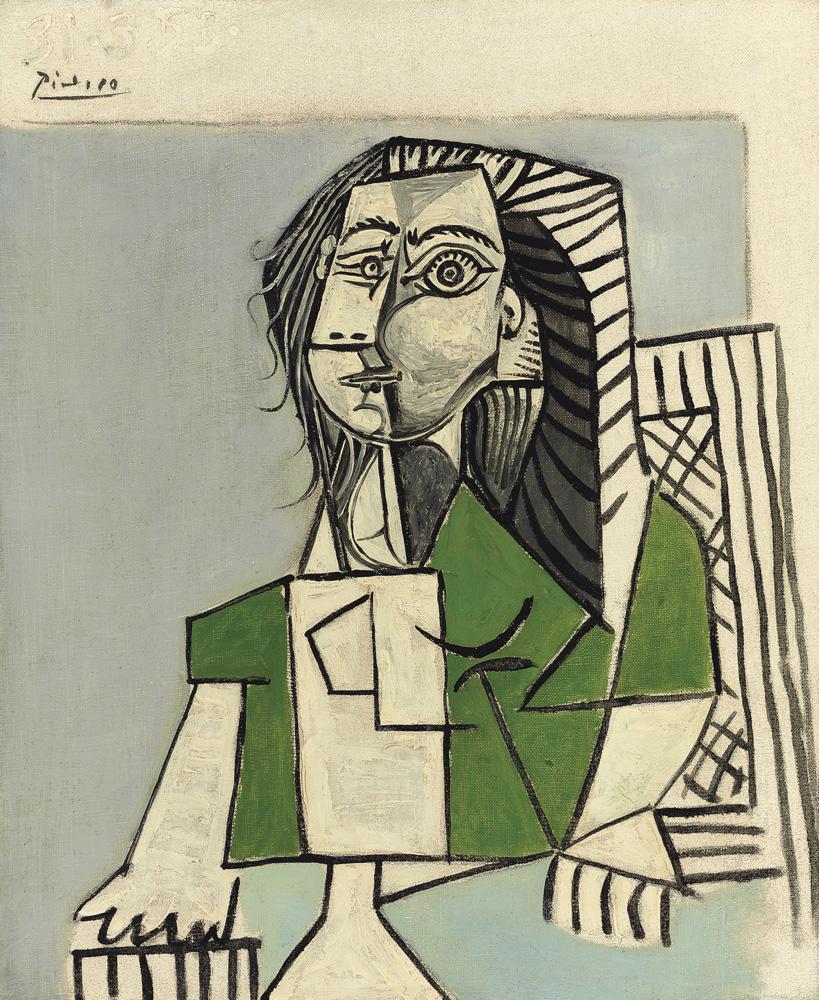
Pablo Picasso, Femme assise (Seated woman), 1953. Oil on canvas.
The museum is organized chronologically in eighteen rooms. The first room, Le Donne, I Cavallier, l’Arme, Gli Amori…, presents pieces created by Veronese painters from the end of the 15th to the beginning of the 17th century. The second room, Mirabilia, stuns the visitor with medieval pieces—a crucifixion by the Second Master of San Zeno—placed side by side to one of Lucio Fontana’s Concetto Spaziale. Fontana’s three-dimensional research of space beyond the canvas mirrors the spiritual research of a space beyond the death of Christ’s crucifixion. In the seventh room, Venere e le altre (Venus and the Others), the visitors find themselves surrounded by women: goddesses, heroines, Biblical figures, and an abstract representation of the female body by Picasso (Femme Assise, 1953).
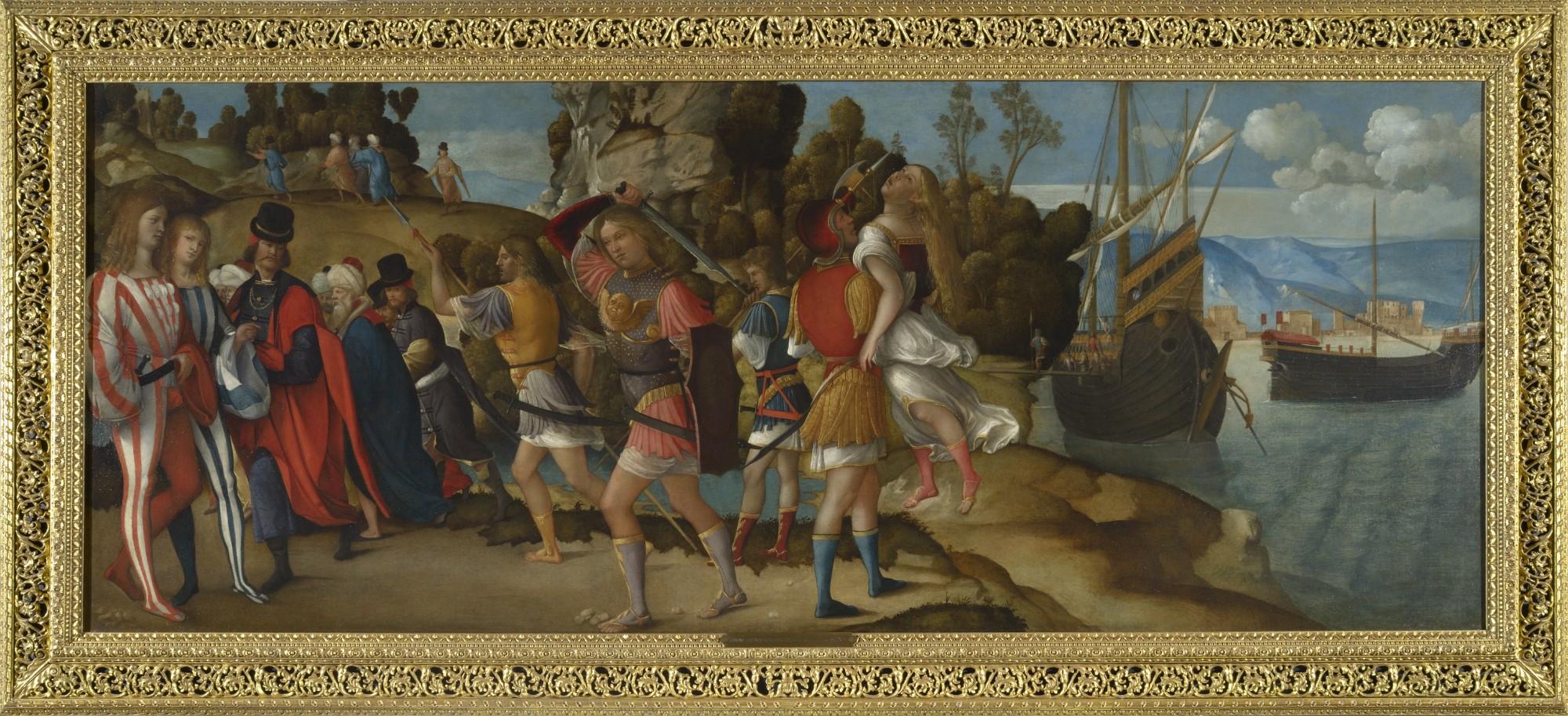
Zenone Veronese, Il ratto di Elena (The Rape of Helen). Oil on canvas.
The modern rooms are a feast for the eyes: Andy Warhol, Marcel Duchamp, Giacomo Balla, Umberto Boccioni, and Gino Severini leave us breathless with their colors, shapes, and vision. While we walk towards the exit, a last, dark room bids us farewell with arguably the most unexpected, and yet perfect, friendship: Leandro Erlich’s Cloud shares the room with De Chirico’s Il Saluto dell’Amico Lontano. “I wanted to share my passion with the public,” remarked Carlon, “and build something for the younger generations.” His daughter Vanessa, director and vice-president of the museum, shares his view: “We want to create a dialogue with the city. We are already collaborating with the University of Verona to involve the students.”
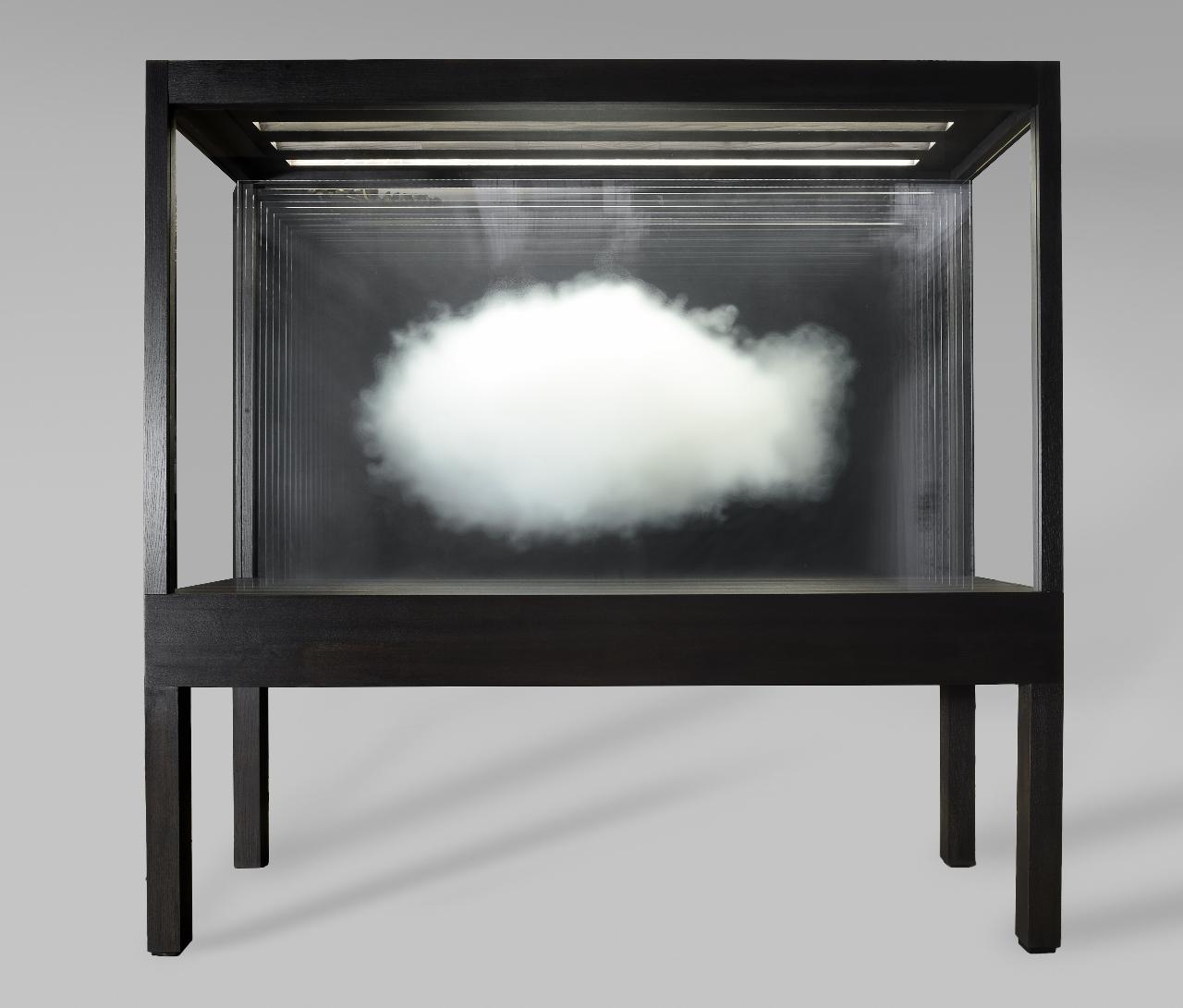
Leandro Erlich, Cloud, 2016. Fiber mounted in a glass case.
There is no world for me outside the walls of Verona, except purgatory, torture, and hell itself. So to be banished from Verona is like being banished from the world, and being banished from the world is death.
—Romeo & Juliet
During our visit, Vanessa remarked: “We don’t have enough space.” It was not self-pity, but the genuine concern of someone eager to share their passion and dedication for art. And she is right. There is not enough physical space for so much beauty spanning centuries and countries as well as not enough emotional space to fully appreciate it in one visit. This conundrum is easily solved: just as Romeo came back from his exile for Juliet, we will have to come back to Palazzo Maffei to profess once more our love for art.
























